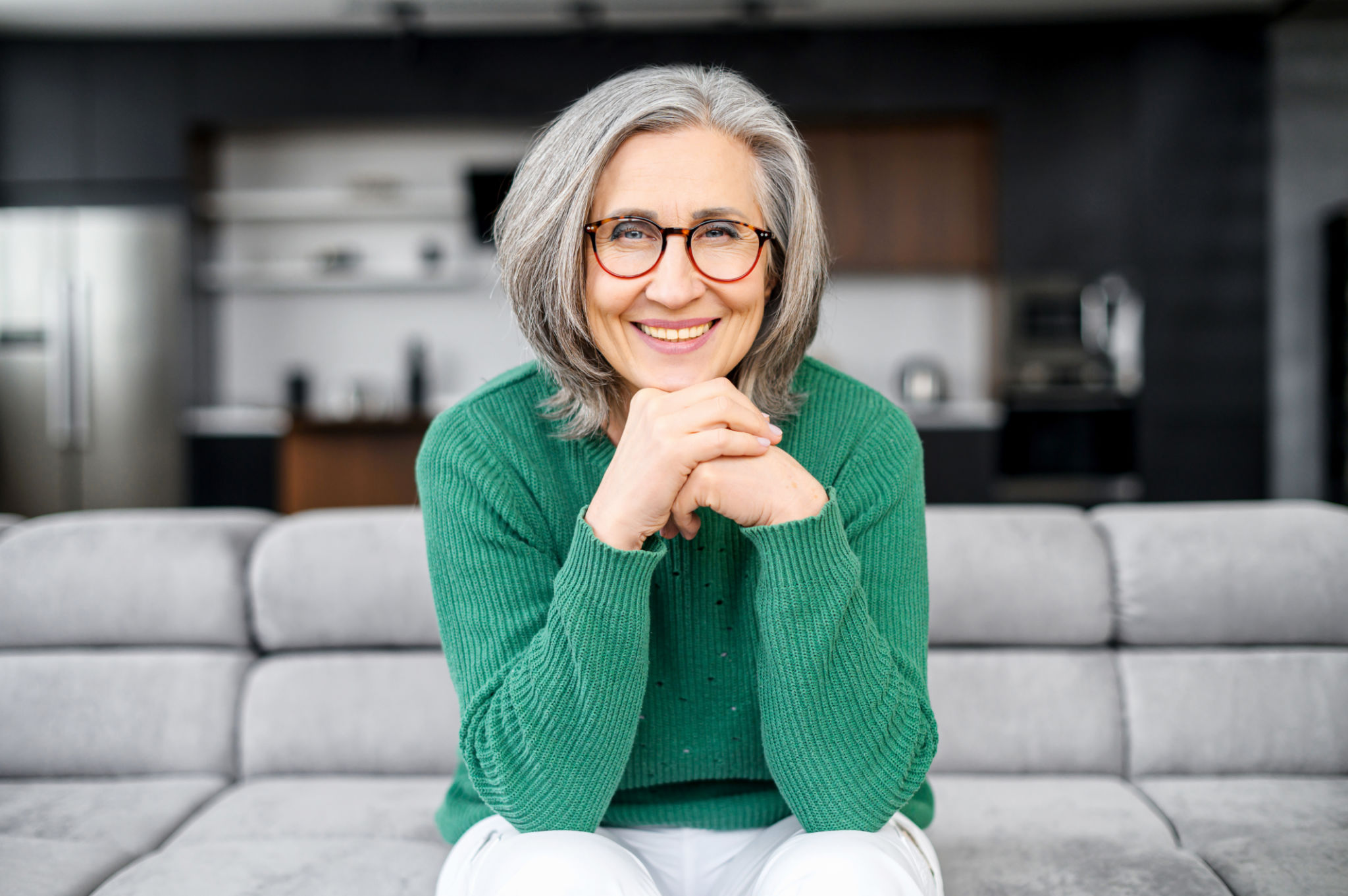Modern Elder Care Trends Shaping Senior Living in Austin
Innovative Housing Options
The landscape of elder care in Austin is rapidly evolving, with innovative housing options leading the charge. Traditional nursing homes and assisted living facilities are being joined by novel alternatives such as co-housing communities and independent living villages. These options offer seniors the chance to live in a supportive environment while maintaining a high degree of autonomy.
Co-housing communities, in particular, are gaining popularity among seniors who value social interaction and community living. These setups typically involve private living spaces alongside shared common areas, fostering a sense of belonging and community participation.

Tech-Enhanced Living
Technology is playing a pivotal role in modernizing elder care. Smart home devices and health monitoring gadgets are increasingly becoming a staple in senior living arrangements. These technologies not only enhance safety but also improve the quality of life for seniors by providing convenience and connectivity.
For example, voice-activated assistants can help seniors manage daily tasks, while wearable health monitors keep track of vital signs, alerting caregivers to any anomalies. This integration of technology ensures that seniors can live independently for longer periods.

Holistic Health and Wellness
Modern elder care trends are emphasizing holistic health and wellness approaches. This means focusing not just on physical health but also on mental, emotional, and social well-being. Many senior living communities in Austin are incorporating wellness programs that include yoga, meditation, and art therapy.
The availability of on-site fitness centers and access to nutritionists ensures that seniors can maintain a healthy lifestyle. Such programs are designed to cater to various interests and abilities, ensuring that every resident can participate in activities that enhance their well-being.

Person-Centered Care
Another significant trend is the shift towards person-centered care. This approach respects each individual's preferences, needs, and values, allowing for a more personalized care experience. Care plans are tailored to fit the unique requirements of each resident, promoting dignity and independence.
Staff training is also being enhanced to ensure caregivers are equipped to deliver compassionate and respectful care. The emphasis is on building strong relationships between caregivers and residents, creating a nurturing and empathetic environment.
Environmental Sustainability
Many senior living communities in Austin are adopting environmentally sustainable practices. From energy-efficient buildings to community gardens, these initiatives reflect a growing awareness of the importance of sustainability in elder care.
Green spaces within these communities not only support environmental goals but also provide therapeutic benefits for residents. Gardening activities have been shown to improve mood and cognitive function, making them a valuable component of senior living programs.

Community Engagement
Engagement with the broader community is another trend shaping senior living in Austin. Many facilities organize regular outings and events that encourage interaction with the local community. These activities help seniors stay connected and active, enhancing their quality of life.
Volunteer programs also provide opportunities for residents to contribute their skills and experience to society, fostering a sense of purpose and fulfillment. By staying engaged with the community, seniors can enjoy a vibrant and active lifestyle.